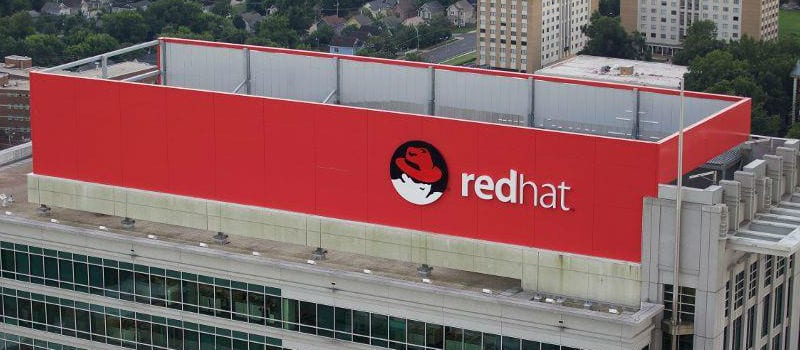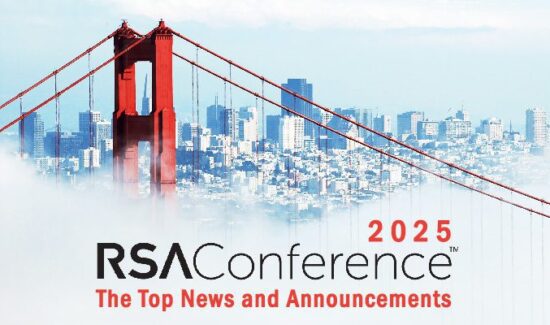Red Hat Announces Availability of JBoss Enterprise Application Platform

Red Hat has just announced the general availability of Red Hat JBoss Enterprise Application Platform 7 (JBoss EAP), the open source Java EE 7 compliant application server, and introduced JBoss Core Services Collection, a set of technologies that provide customers with common and fundamental application components. With JBoss EAP 7, Red Hat aims to help enterprises use and extend their existing application investments as they begin to transition to emerging architectures and programming paradigms that will require a lightweight, highly modular, cloud-native platform.
JBoss EAP 7 combines the widely deployed Java EE 7 APIs with the latest technologies supporting DevOps development practices, such as Red Hat’s award-winning integrated development environment (IDE), JBoss Developer Studio—which can be used at no cost by members of the JBoss or Red Hat Developer communities to build, test, and deploy applications on-premise or in the cloud—as well as Jenkins, Arquillian, Maven, and support for a number of popular Web and JavaScript frameworks. Its lightweight nature and small footprint make JBoss EAP 7 a versatile choice suitable for enterprises building either traditional applications or more modular, microservices-style applications.
Widget not in any sidebars
“With JBoss EAP 7, we are meeting the needs of both enterprise IT and developers with a balanced vision that bridges the reality of building and maintaining a business today with the aspiration of IT innovation tomorrow,” says Mike Piech, Vice President and General Manager, Middleware at Red Hat.
JBoss EAP 7 has been optimized for cloud environments, and when deployed with Red Hat OpenShift, offers the benefits of containers, load balancing, elastic scaling, health monitoring, and the ability to deploy to a container directly from the IDE which can improve developer productivity and experience. In addition, JBoss EAP with OpenShift contributes to a more architecturally efficient DevOps environment since overlapping features are no longer needed. This DevOps efficiency can be compounded when using additional middleware components on OpenShift.
“With enterprise appetites for containers, clouds and microservices among enterprise Java EE customers on the rise, it is imperative that vendors look to offer them and the developers they employ the tools they need to bridge from today to tomorrow,” says Stephen O’Grady, principal analyst, RedMonk. “This is a major area of focus for Red Hat with its JBoss EAP 7 release.”
JBoss EAP is available for download by members of the Red Hat Developers community. Customers can get the latest updates from the Red Hat Customer Portal. For more information on the key features, see the official press release from Red Hat.





